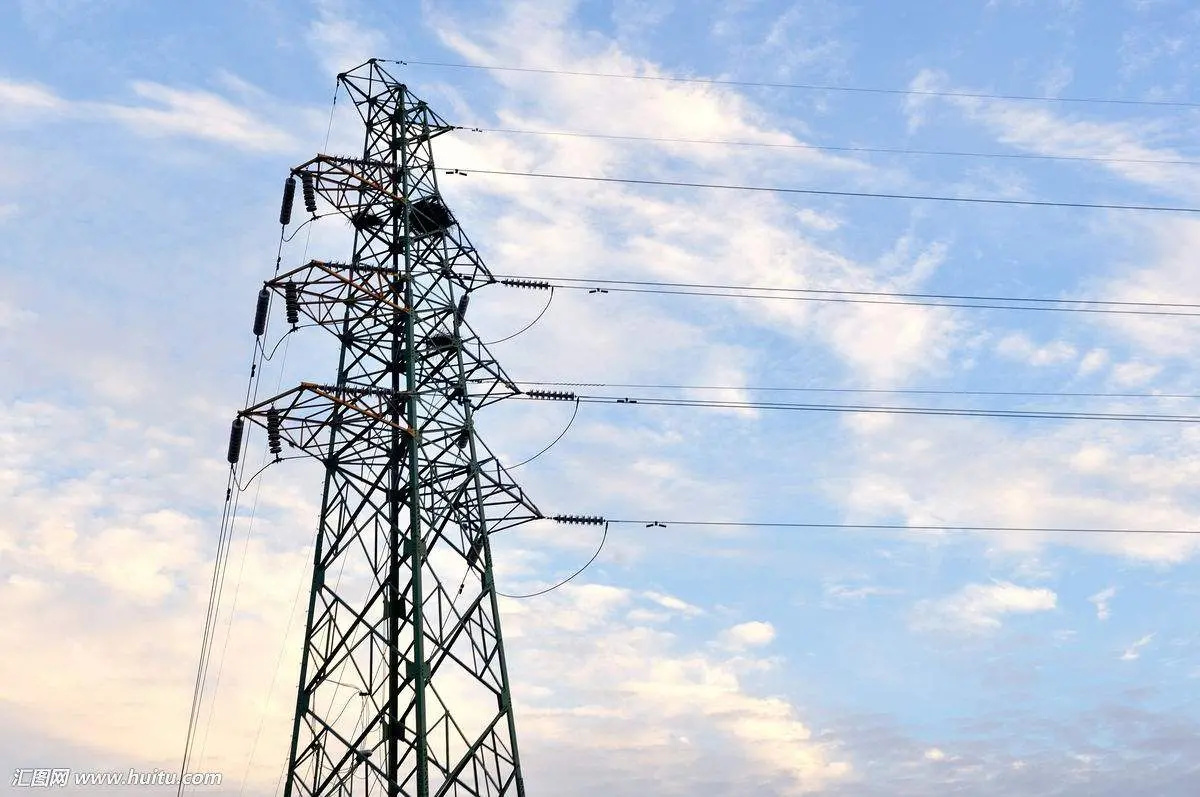We use cookies to personalise site content, social media features and to analyse our traffic. We also share information about your use of this site with our advertising and social media partners.
Posted by - harry brook -
on - Oct 22 -
Filed in - Business -
overhead cable hnbfpower cable conductors -
442 Views - 0 Comments - 0 Likes - 0 Reviews

Overhead cables are essential for power transmission in residential, commercial, and industrial setups. Choosing the right cable and installing it correctly ensures safety, reliability, and long-term performance. HNBFpower provides high-quality overhead cables suitable for various applications. This guide explains how to install overhead cable, their specifications, characteristics, advantages, and how to purchase them.
1. Understanding Overhead Cables
Overhead cables consist of conductors suspended above the ground to transmit electricity. The most common types include Aluminum Conductor Steel Reinforced (ACSR) and all-aluminum conductors. These cables are preferred for their durability, conductivity, and resistance to environmental stress.
Characteristics of Overhead Cables:
Strong mechanical structure to withstand wind and weather.
High conductivity for efficient power transmission.
Corrosion-resistant materials for long-term reliability.
Available in different sizes for various voltage levels.
2. Specifications of Overhead Cables
When choosing overhead cables, consider the following specifications:
Conductor Material: Aluminum, copper, or steel-reinforced aluminum.
Voltage Rating: Low, medium, or high voltage depending on application.
Current Carrying Capacity: Determines the maximum load the cable can handle.
Diameter & Cross-Section: Based on the distance and load requirement.
Insulation Type: Depending on weather conditions, some cables are insulated or bare.
3. How to Install Overhead Cables
Step 1: Planning and Safety
Assess the route for the cable installation.
Ensure clearance from buildings, trees, and other structures.
Turn off the power supply before installation to avoid accidents.
Step 2: Mounting Poles or Supports
Install poles or towers at intervals suitable for the cable type.
Ensure poles are stable and can bear the cable's weight.
Step 3: Stringing the Cable
Use pulleys or winches to lift the cable carefully.
Avoid twisting or bending the cable sharply to prevent damage.
Secure the cable to the pole using clamps or insulators.
Step 4: Tensioning the Cable
Apply appropriate tension to prevent sagging.
Check the sag limits specified for the cable type to ensure safety.
Step 5: Final Checks
Inspect the installation for proper alignment and tension.
Verify that all clamps and insulators are securely fastened.
Test the electrical connection before restoring power.
4. Advantages of Overhead Cables
Cost-Effective: Cheaper than underground cabling.
Easy Maintenance: Faults are easier to detect and repair.
Durable: Resistant to environmental stress like wind, rain, and sunlight.
Versatile: Can be used in urban and rural areas for various voltage levels.
5. How to Buy Overhead Cables from HNBFpower
Identify the voltage, length, and type of cable required.
Contact HNBFpower via their website or customer service.
Request a quotation including delivery and installation assistance.
Confirm specifications and place your order. HNBFpower ensures high-quality cables with proper certifications.
Conclusion
Proper installation of overhead cables ensures safety, efficiency, and durability. By understanding the specifications, characteristics, and installation steps, you can set up a reliable power transmission system. HNBFpower provides a range of high-quality overhead cables that meet international standards, making it easy for you to buy and install cables for any project.

“To assist disaster survivors by providing a source for them to come together in time of need, to aid in the listing of events, information and other forms of assistance, and continuing support through the recovery process.”
Share this page with your family and friends.